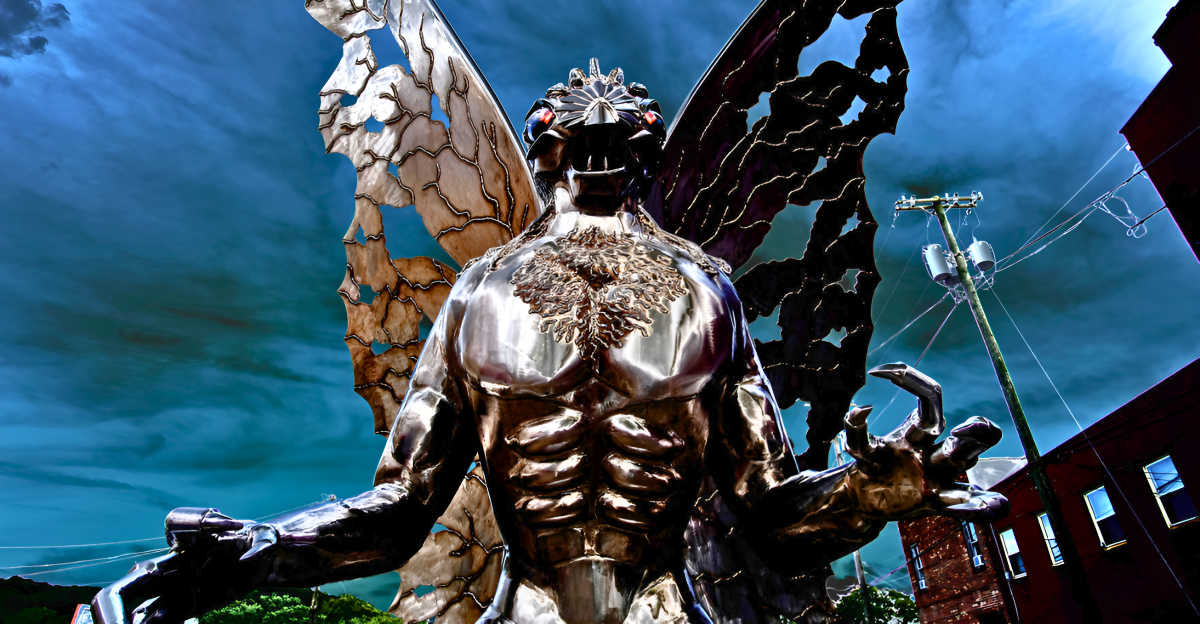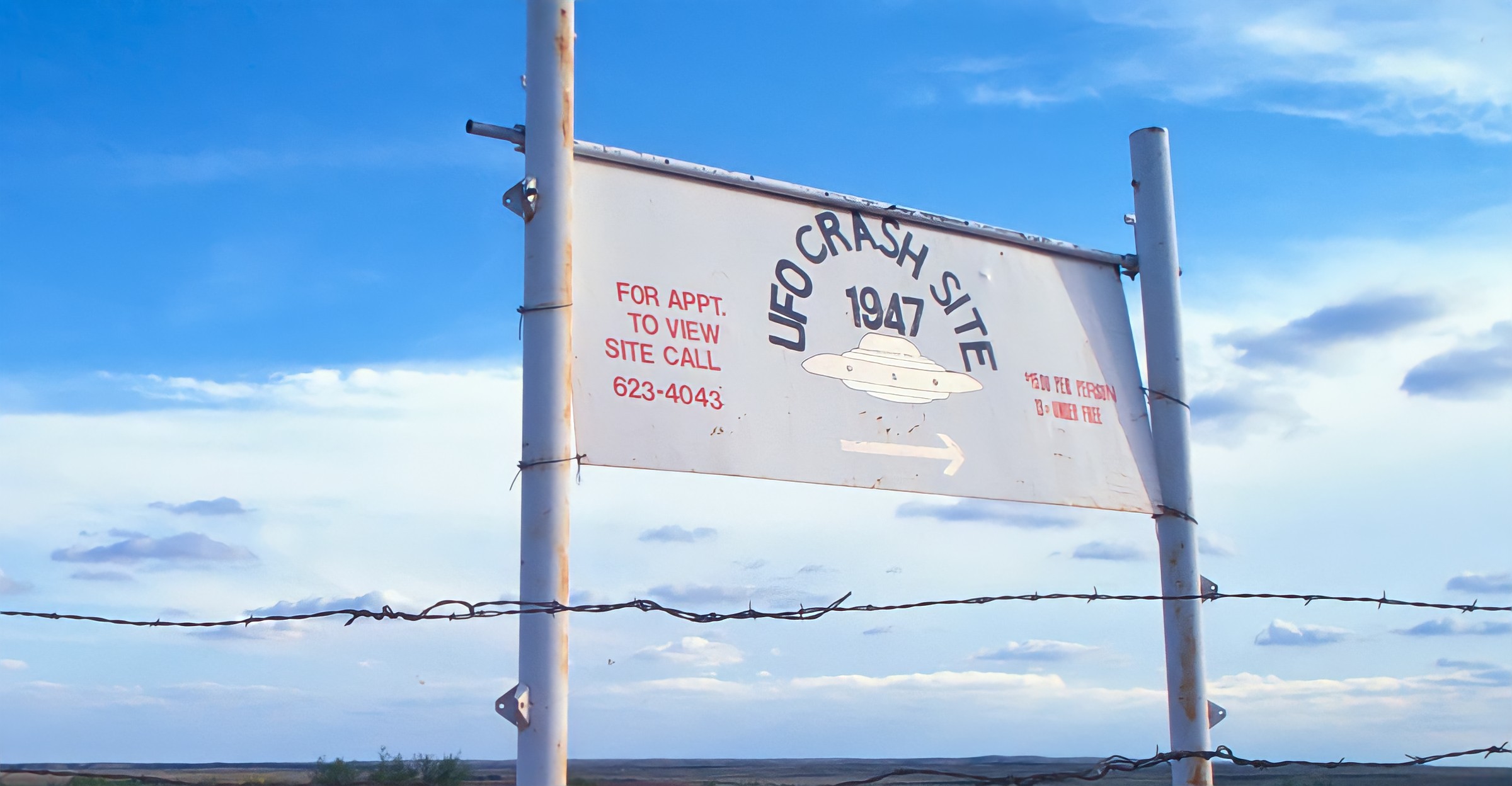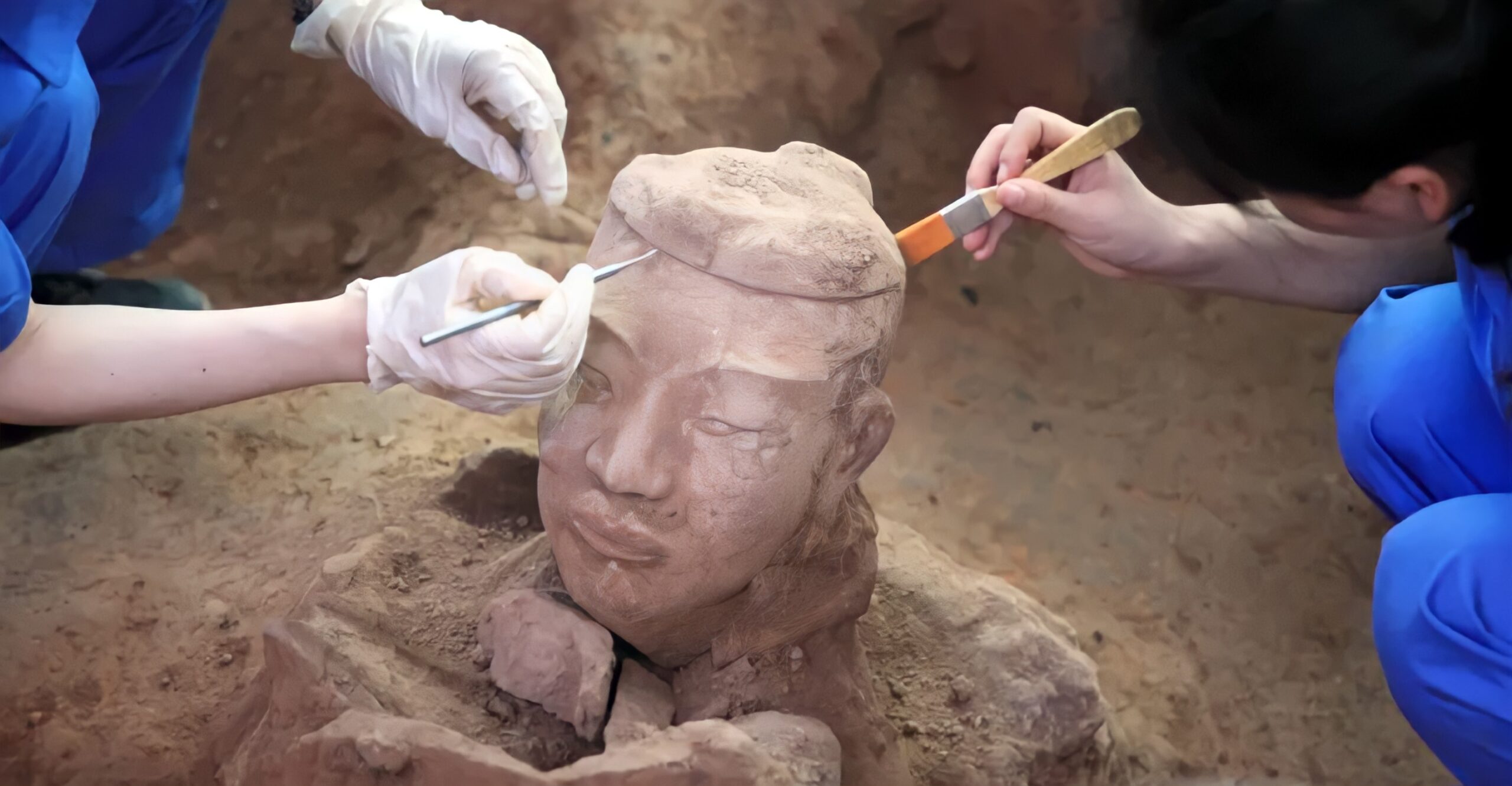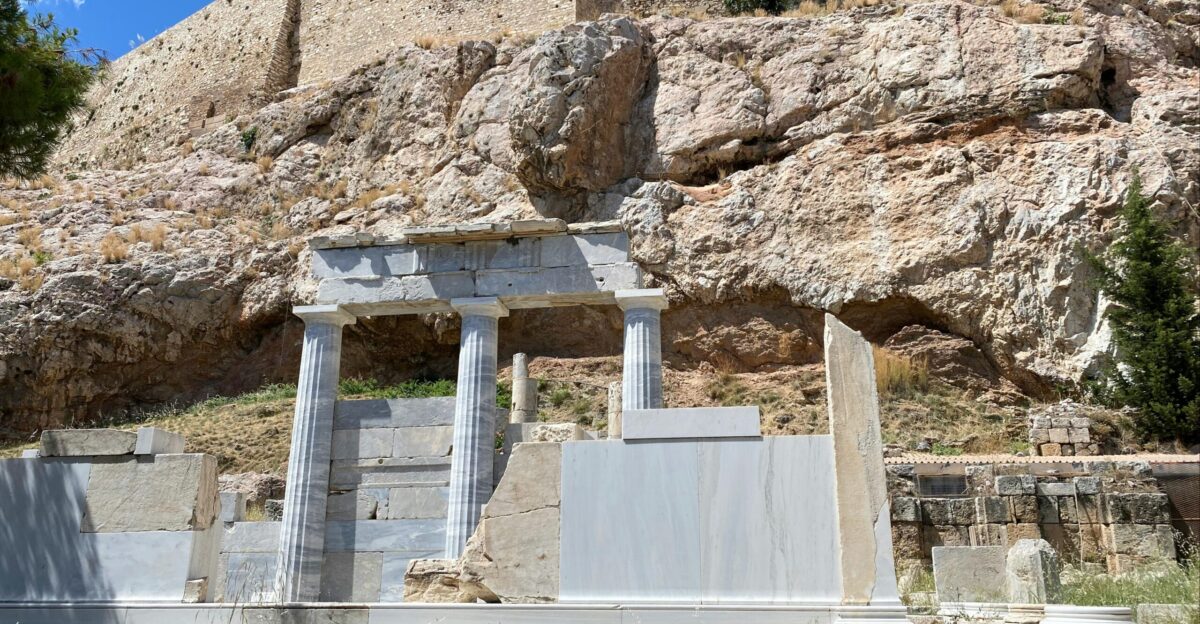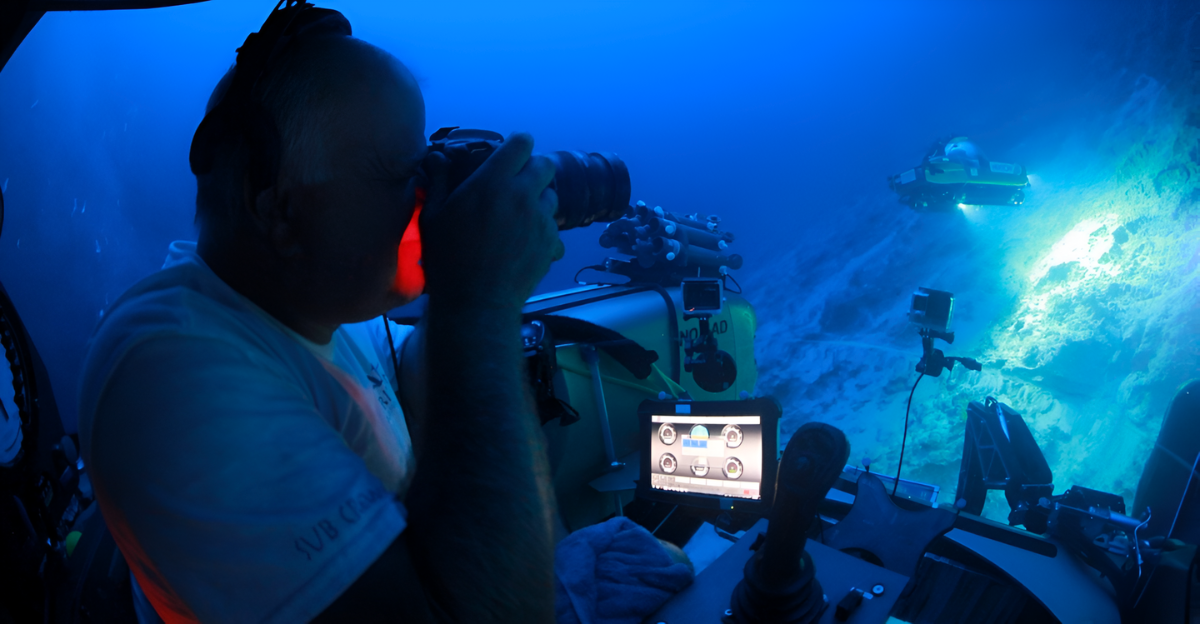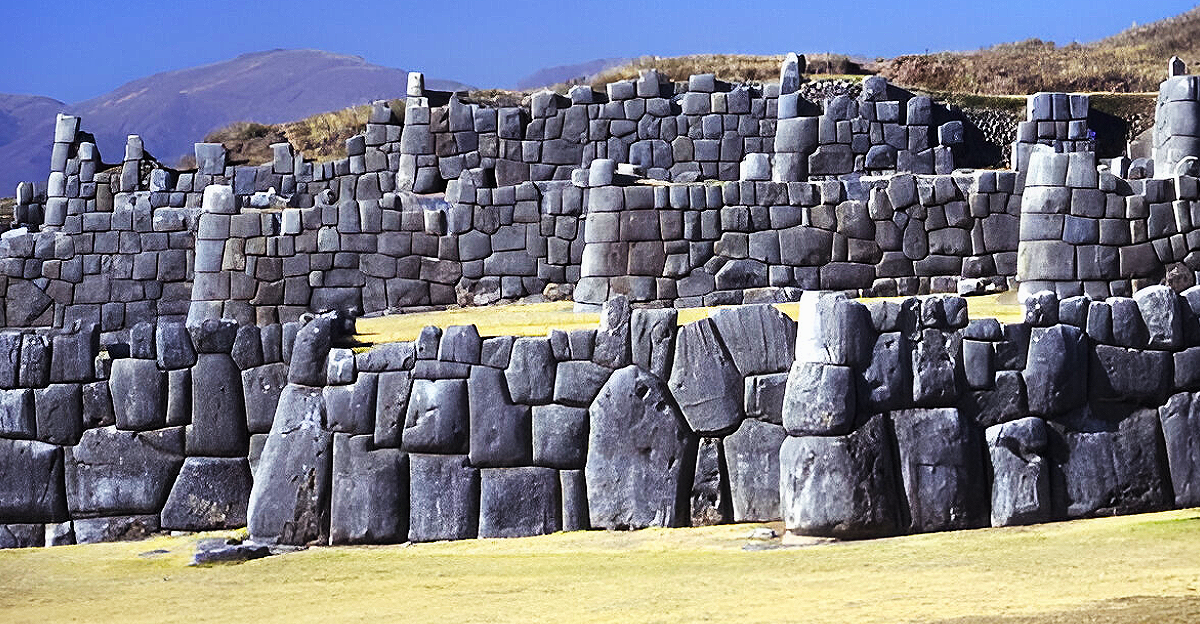
A 1,000-year-old pre-Inca megastructure was just discovered close to the shiny, blue Lake Titicaca, leaving the archaeological world both excited and shocked.
This is no trivial pile of ancient rocks; it’s a massive temple complex, which could redefine what we know about South America’s ancient past. The finding is creating viral debates on Reddit and TikTok, but the real story is more fascinating.
This temple isn’t just another forgotten ruin; it’s a catalyst, hinting at a past richer and more interconnected than we ever imagined.
The Discovery: Who, Where, and How
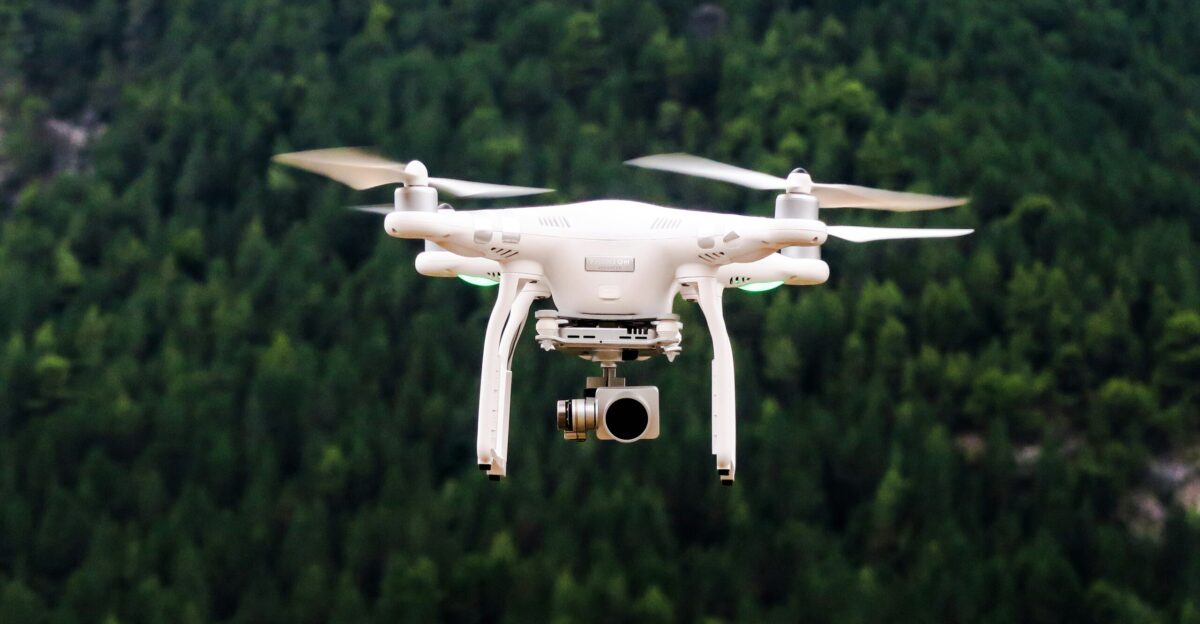
In a 2025 study published in Antiquity, an international Bolivian–US team, led by Penn State’s José Capriles, announced the discovery of a pre-inca megastructure Near Lake Titicaca. The team had found a temple, located on a Bolivian hill 215 kilometers (134 miles) southeast of the famous Tiwanaku ruins, which sheds light on an ancient society called the Tiwanaku.
The area was known to local farmers, who had named it Palaspata, but was never explored. The study revealed that thanks to satellite imagery and drone surveys, the temple measures approximately 125 by 145 meters (roughly 410 by 476 feet), indicating a powerful and sophisticated civilization.
Why This Changes Everything
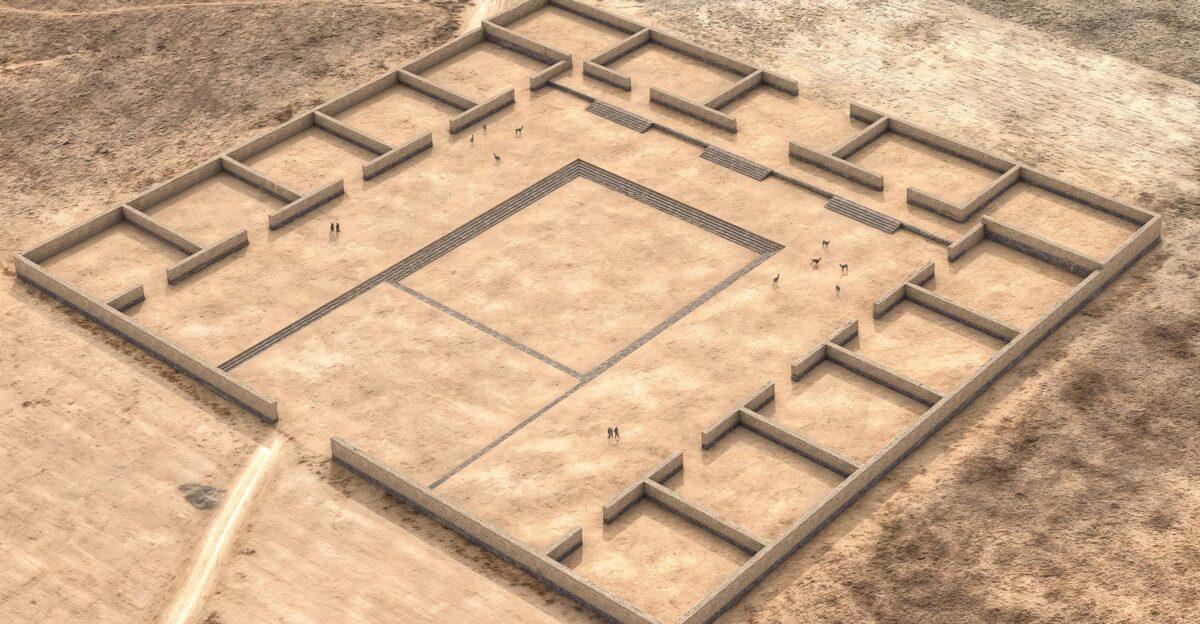
So the question is: why does this matter? Until now, Discovery Magazine reports that scholars had heated debates about Tiwanaku’s influence. But the Palaspata temple’s size and strategic location, which links three major trade routes, suggests that this society was sophisticated and wielded far more power than previously believed.
Therefore, this discovery isn’t just a local curiosity; it’s a clue that might prove that ancient South American societies were more interconnected and complex than we knew.
The Tiwanaku Society: Builders of the Ancient Andes
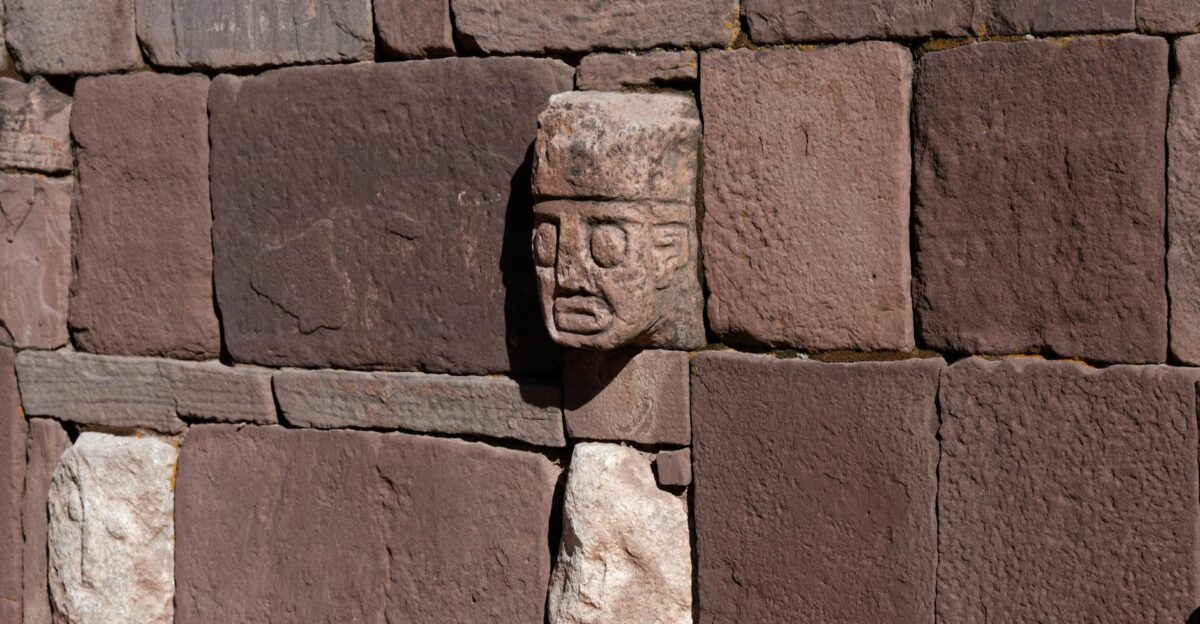
According to the study, this society was one of the first in the Andes, a powerful precursor to the Inca empire, until it mysteriously vanished roughly 1,000 years ago. Capriles explains: “Their society collapsed sometime around 1000 A.D. and was a ruin by the time the Incas conquered the Andes in the 15th century.”
The Tiwanaku, however, are said to have flourished from 500 to 1000 CE. Having built monumental pyramids, terraced temples, and monoliths, they demonstrated advanced engineering and ritualistic and religious practices.
But until now, we didn’t know how far their trading relationships reached and the Palaspata temple has proved to be rather insightful about this mysterious society.
Technology Peels Back the Past
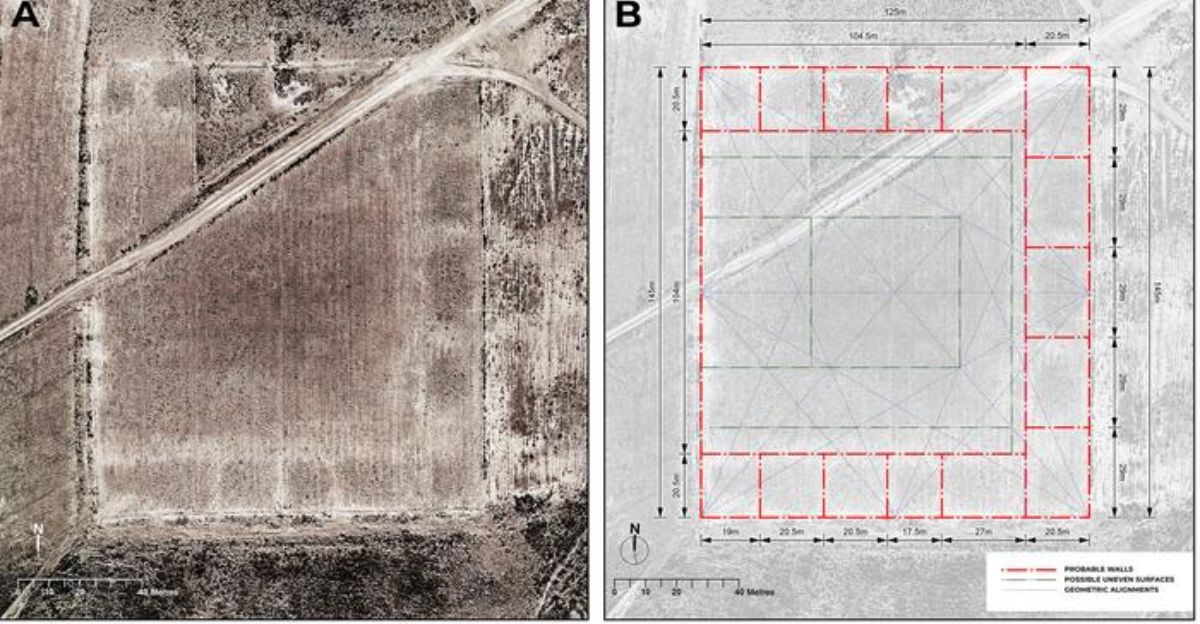
The discovery is due, in great part, to a new generation of archaeological technology. According to LiveScience, the international team combined high-resolution satellite imagery with drone-based photogrammetry to reveal faint stone alignments undetectable to the human eye.
Further, Popular Mechanics reported that 3D modeling, and reconstruction revealed what the temple might have looked like 1,300 years ago and its alignment with the solar equinox, a hallmark of Tiwanaku’s cosmological architecture.
Voices from the Ground: Awe and Responsibility

The discovery team reported feeling a mix of awe, excitement, and a deep sense of responsibility. José Capriles, lead archaeologist, has voiced excitement over the find, speaking openly to the media in reports from LiveScience, Popular Mechanics and Discovery Magazine, stating: “There’s still so much to discover that we don’t know about, and that could be hiding in plain sight.”
The feeling of excitement is shared beyond the team, with Andean archaeology expert Steven Wernke from Vanderbilt University reflecting that the site “…offers an intriguing and thrilling new component to the understanding of early imperialism in the Andes.”
What this Site is Teaching Us

As reported by Popular Mechanics, excavations at the site revealed massive stone foundations, ceremonial keru cups for maize beer, and the remnants of ritual enclosures, which provide evidence of complex religious and social practices.
Further, according to Penn State, the temple’s alignment with the solar equinox and its strategic location along ancient trade routes, Lake Titicaca to the north, Altiplano to the west, and Andean valleys to the east, suggest a society skilled in cosmology, engineering, and regional exchange, reshaping our understanding of Tiwanaku’s reach and sophistication.
The Academic Earthquake
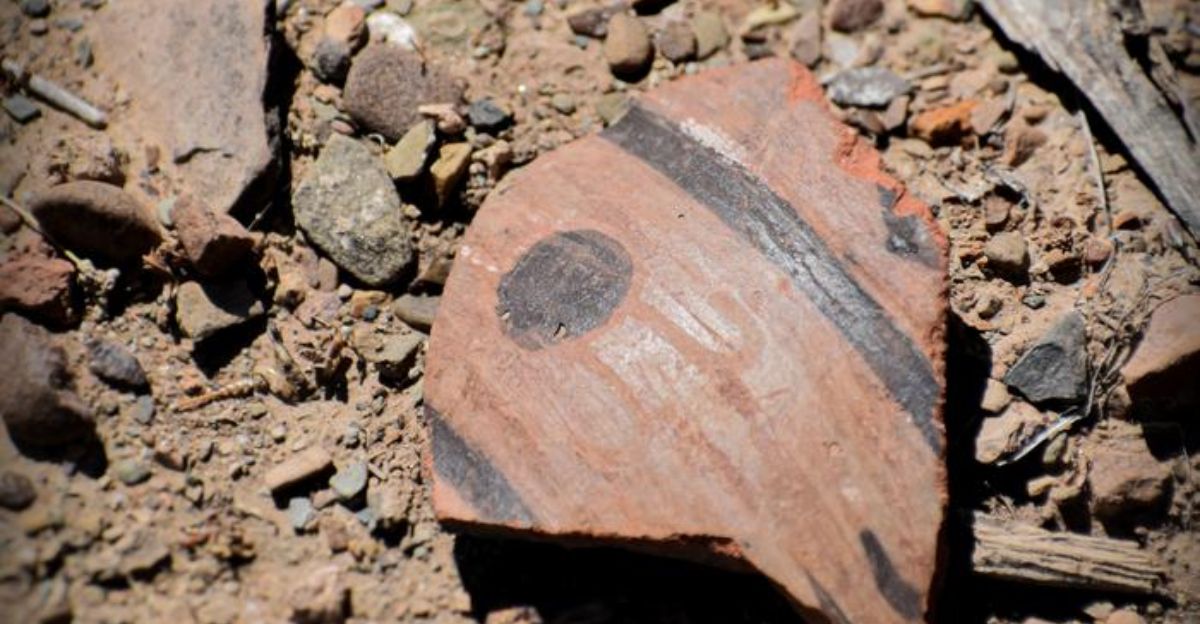
Now, historians and archaeologists globally are left to rethink what they previously understood. For example, Capriles explained in a report by Penn State that Palaspata’s ritual keru cups—used for maize beer brewed from ingredients grown far away—prove that Tiwanaku’s exchange networks stretched beyond mountains and valleys.
Further, the modular walls and site’s solar alignments point to religious rituals and statecraft. It’s the type of find that ignites a hundred theses and topples decades of assumption.
Rethinking the Ancient Andes
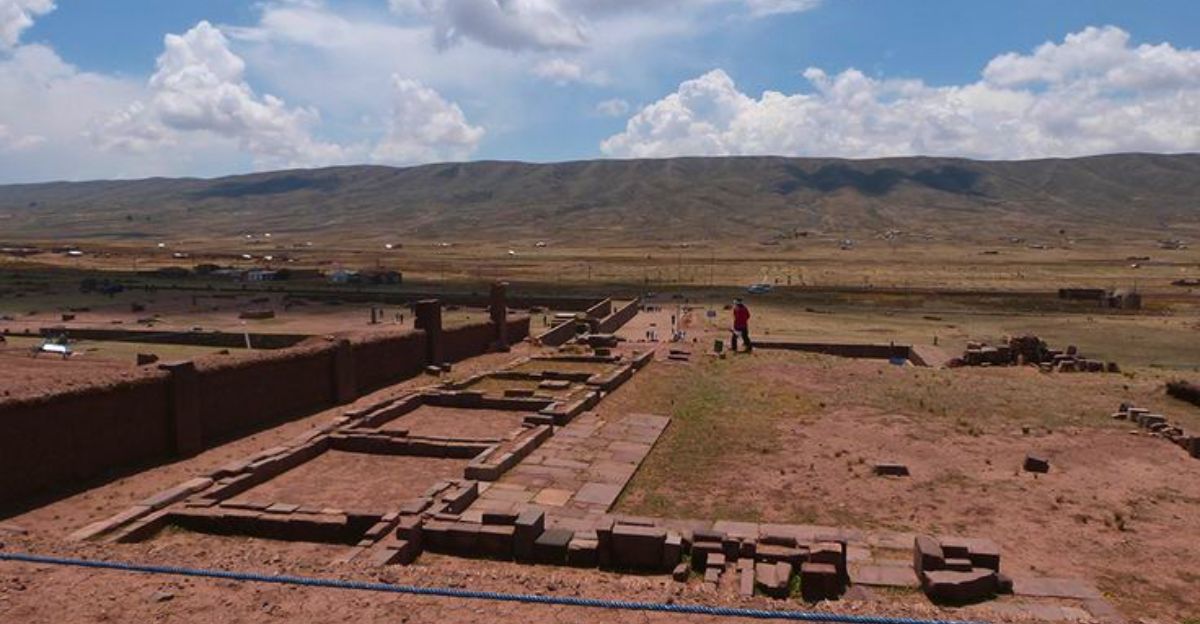
This discovery forces a revision of Andean history. The Tiwanaku, long overshadowed by the Inca, are emerging as the master builders and culture-creators of their time. Further, Palaspata’s design is similar to other Tiwanaku structures, but its placement, outside the central city, shows a more distributed, webbed society.
Ultimately, the study found that the site negates the myth of a distinct, primal culture and invites us to see the Andes as a place of innovation and cultural exchange.
What’s Next: Opportunities and Lessons

With the success of this discovery, Palaspata is finally on the map, and archaeologists are considering other previously unexplored sites along ancient trade routes. The find already is changing how fieldwork is organized and financed, with more remote sensing and multidisciplinary approaches being used.
In museums and classrooms, the Tiwanaku’s story is being told, offering teachers new material and inspiring a whole new generation of scientists.
The Ripple Effect: Past, Present, and Future
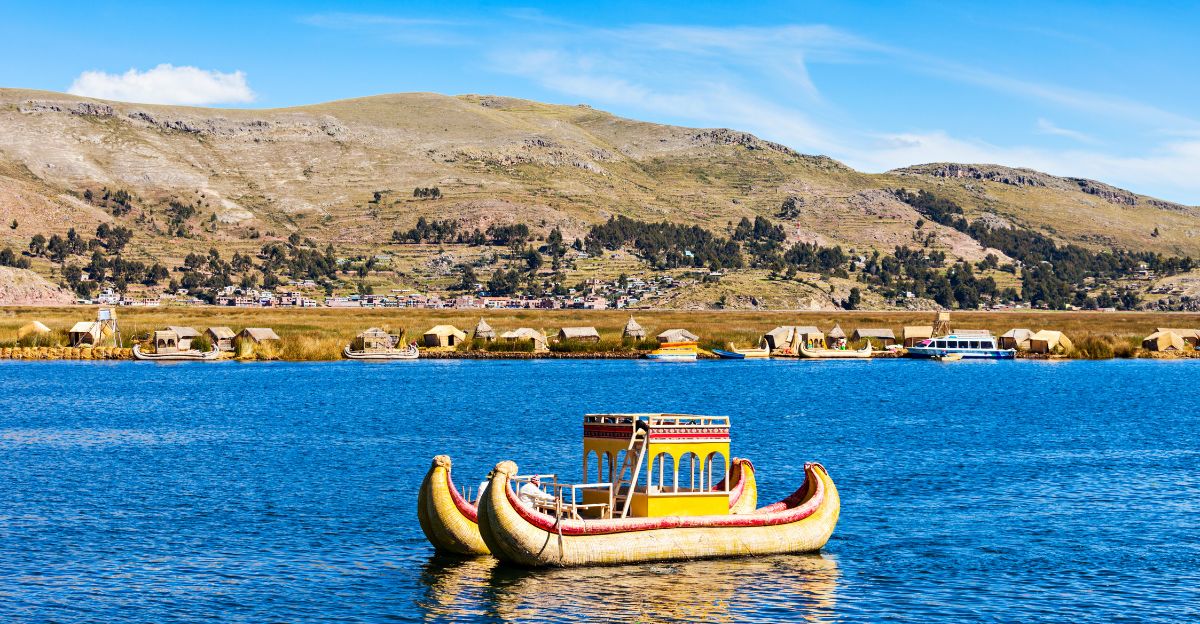
This discovery of the pre-Inca megastructure is not only a headline—it’s a reminder that the past is alive, full of surprises, and is still relevant. It challenges us to question what we think we know, to identify connections between time and space, and to experience the brilliance of our forebears.
As Lake Titicaca’s history resonates in us, it invite us to keep searching, asking, and discovering—because history, like the lake, runs deeper than we ever imagined.


